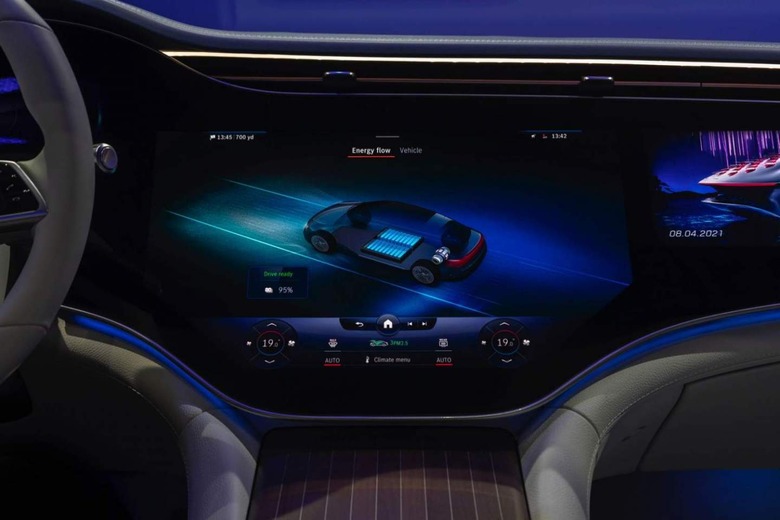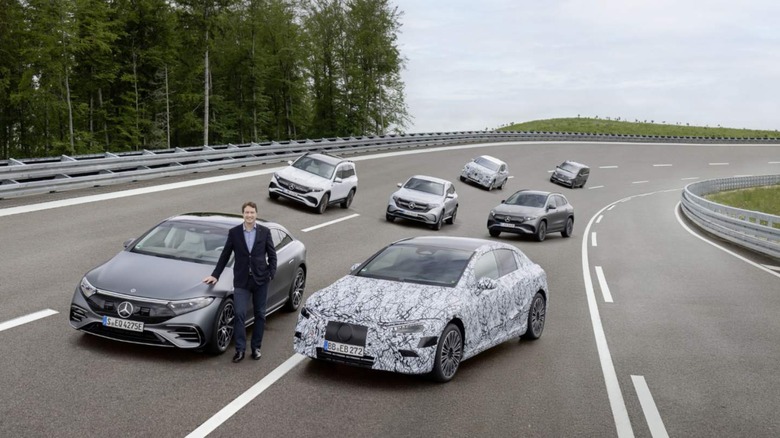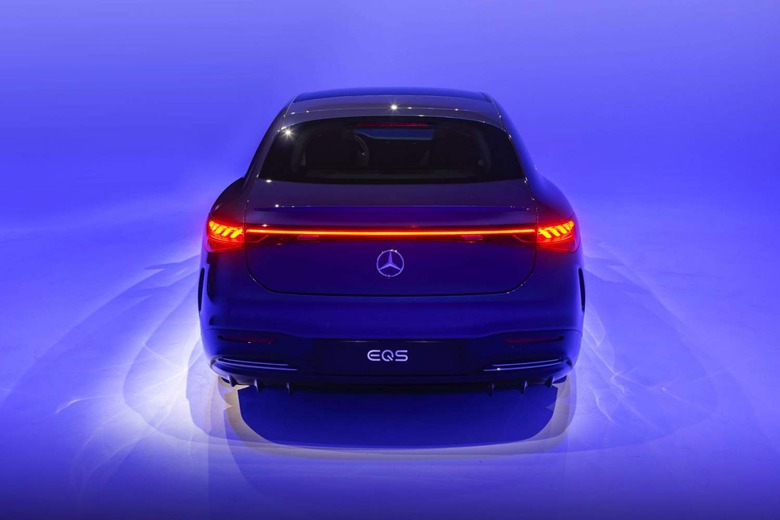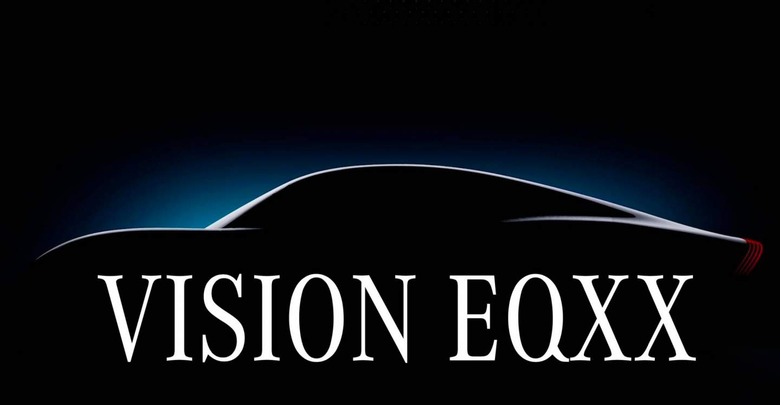Mercedes Reveals 2030 All-EV Roadmap: Here's How It'll Get There
Mercedes-Benz will go all-electric from 2030, the automaker has announced, revealing an aggressive EV roadmap and insisting that its Vision EQXX capable of 621 miles on a charge is still on track. The commitment comes amid renewed focus on squeezing out internal combustion engines in Europe, as the EU confirms it'll clamp down on CO2 emissions over the next decade.
Announced earlier this month, the European Green Deal will apply drastically lower emissions regulations on passenger cars. By 2030, newly registered cars must reduce emissions by 55-percent, compared to 2021, the EU said, and then by 100-percent by 2035. In short, in less than 14 years time, gas and diesel engines are pretty much off the menu.
Mercedes' strategy there is a trio of electric-only architectures. Set to be launched in 2025, they'll make a turning point for the German automaker: after that, all new architectures will be electric-only. Although internal combustion won't disappear from the Mercedes range immediately, by 2022 there'll be battery-electric vehicles in every segment the automaker serves.

"From 2025 onwards, all newly launched vehicle architectures will be electric-only and customers will be able to choose an all-electric alternative for every model the company makes," the automaker said today. "Mercedes-Benz intends to manage this accelerated transformation while sticking to its profitability targets."
Unsurprisingly that will take a fair amount of investment. Mercedes expects to spend over 40 billion euro ($48 billion) on BEV research and development between 2022 and 2030. Come 2025 we'll see the arrival of three new EV platforms.

MB.EA will be "the electric backbone" of Mercedes' medium to large passenger cars, scalable and modular to suit different vehicle sizes, specifications, and prices. AMG.EA, meanwhile, will be a dedicated performance electric vehicle platform, for use by Mercedes-AMG. We've already seen AMG talk about how even this year it plans to have "E Performance" gas-electric hybrids that are more powerful than its most expensive current gas-only models.
Finally, there'll be VAN.EA, which will be the underpinning for new electric vans and Light Commercial Vehicles. All three architectures will share components like electric motors, with Mercedes confirming it's acquiring axial flux motor specialist YASA today. That will allow Mercedes to push in-house development of purpose-made motors.

Driving them will be the output of eight new "Gigafactories" for batteries which Mercedes plans to set up, joining the nine plants already planned for battery systems. That should satisfy the 200+ Gigawatt hours of battery capacity the automaker predicts it'll require. Next-gen batteries "will be highly standardized and suitable for use in more than 90% of all Mercedes-Benz cars and vans while being flexible enough to offer individual solutions to all customers," the automaker promises.
For charging, Mercedes' first Plug & Charge compatible vehicle, the new EQS, will arrive later this year in Europe. The automaker will collaborate with Shell on expanding the charging network, targeting over 30,000 locations in Europe, China, and North America by 2025. Over 10,000 of those will be high-power chargers, though Mercedes doesn't say quite what that means in kW power.
As for the Mercedes Vision EQXX, the previously announced super-range EV is still on track for 2022, the automaker promises. It'll combine 1,000+ kilometer (621 mile) range and a single-digit figure for Kwh per 100 kilometers (over 6 miles per Kwh) at normal highway speeds. While – like other "Vision" branded concepts – the Vision EQXX won't itself go into production, Mercedes plans to use the technology developed for the EV in production cars.

Still, Mercedes is leaving itself some wiggle-room should things not go entirely to plan. The all-electric commitment for the end of the decade will only hold "where market conditions allow," for example. Battery recycling plans will be dependent on how its ongoing talks with public authorities – described as "promising discussions" today – pan out. And the cost-effectiveness of these next-generation powertrains are based on things like battery costs dropping "significantly" from where they are today.
If all goes to plan, though, Mercedes aims to be selling 50-percent electric and hybrid vehicles by 2025, a significant uptick compared to 2020 predictions. To pay for it all, the automaker is aiming to sell more high-end EVs under the Mercedes-Maybach and Mercedes-AMG brands, as well as pushing digital services revenue. "Capital allocation is moving from EV-first to EV-only," Mercedes concludes, and we'll get the first taste of that with the EQS very soon.
